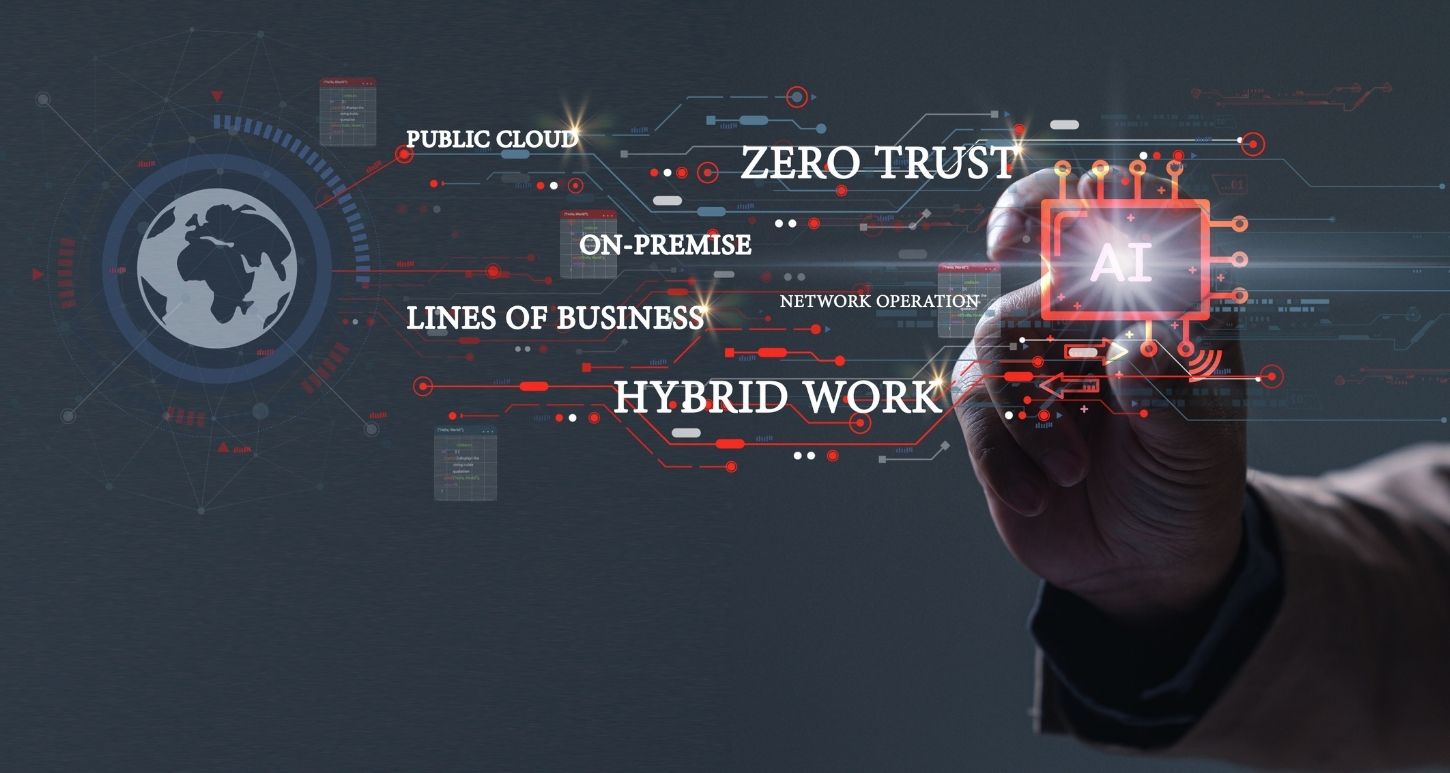By Richard Arneson
In June, HPE announced the creation of its New Compute Experience, which is powered by its Gen10 servers, one of the IT industry’s most secure pieces of equipment. HPE is the first equipment vendor to place silicon-based security into its servers, which addresses firmware attacks, one of the industry’s biggest threats.
Silicon-Based Security―unique, highly secure
Silicon-based security works at the firmware level, and each HPE Gen10 server creates a unique fingerprint for the silicon, so the server won’t boot up unless the firmware perfectly matches the print.
HPE also embedded proactive detection and recovery, which means the Gen10 servers scan millions of lines of code to hunt down any potential malware. And on top of that, they’ve applied advanced machine learning that identifies malicious behavior, which allows the Gen10 server to continually train itself. In short, HPE’s Gen10 servers ability to analyze patterns and suspicious activity gets better and better.
Intelligent Systems Tuning
HPE Intelligent System Tuning technology, which is exclusively available on the Gen10 servers, dynamically tunes the server’s performance based on unique workloads. Users enjoy improved throughput, reduced latency and cost savings.
Economic Control
Speaking of savings, HPE provides users the ability to pay only for the server resources used, and provides on-demand scaling without overprovisioning and generating unnecessary costs. Flexible payment models allow customers to better align costs with business outcomes, and scale based on future needs.
Persistent Memory
Persistent memory is solid-state memory that retains data longer than with DRAM memory, and can continue to be accessed even after the process that created it has ended. HPE’s NVDIMM (non-volatile dual in-line memory module) is installed on all Gen10 memory buses, which greatly reduces latency and maximizes compute power to address the most demanding of workloads.
HPE’s Fleet of Gen10 Servers
HPE ProLiant DL
The HPE ProLiant DL servers are rack-optimized and balance performance, manageability and capacity.
HPE ProLiant ML
The ProLiant ML is perfect for remote and branch offices, and growing businesses.
HPE Apollo Systems
Designed for massive scale-up and -down, the HPE’s Apollo System provides high-density, rack-scale compute, storage and networking solutions to address big data, object storage and HPC (High Performance Computing) workloads.
HPE Synergy
HPE Synergy is truly the world’s first platform architected strictly for composable infrastructure, and is built with a highly adaptable hybrid IT engine.
HPE BladeSystem
Designed to drive traditional and hybrid IT workloads across converged infrastructures, HPE’s BladeSystem provides scalable business performance with secure service delivery.
HPE ConvergedSystem 500
Designed for room-to-grow flexibility, the ConvergedSystem 500 is purpose-built, optimized and pre-integrated for mission-critical reliability with SAP HANA scale-up configuration.
Talk to the experts
For more information about HPE’s Gen10 servers and how they can modernize your infrastructure, contact the talented, tenured solutions architects and engineers at GDT. They’re experienced at designing and implementing solutions for enterprises of all sizes. You can reach them at Engineering@gdt.com.




